Long before gavels echoed through marble courtrooms, justice in India was whispered through the sacred verses of the Vedas. There were no black robes or Latin legalese, only Dharma, the timeless principle of righteousness and order.
Fast forward to Kautilya’s Artha Sastra (c. 300 B.C.), an ancient legal treatise that meticulously covered everything from contracts to punishments. This work demonstrated that India’s legal mind is millennia-old, laying the groundwork for the sophisticated legal systems that followed.
Medieval India: A Fusion of Faith and Law

With the arrival of Islamic dynasties came new rhythms of justice, rooted in Sharia but deeply infused with Indian values.
- Mazalim courts gave citizens the right to seek justice directly from the Sultans.
- Muftis and Amir-i-dad ensured legal interpretation and fairness.
- The Mughals appointed the Mir-adl to ensure justice, even against imperial might. Faith and fairness walked hand in hand.
The British Era: Codifying the Chaos
As colonial rule tightened, so did codification. The Regulating Act of 1773 birthed the Supreme Court at Calcutta (1774), justice now came in English, with powdered wigs and stiff procedures.
🏛️ High Courts followed:
- Madras (1800)
- Bombay (1823)
The High Courts Act of 1861 formalized a modern judiciary. The Federal Court (1937), under the Government of India Act, 1935, became a vital constitutional precursor.
Post-Independence: Justice under the Constitution
January 28, 1950; India’s Supreme Court was born, embodying the soul of a sovereign, democratic republic.
- Empowered with judicial review, the Court emerged as the people’s conscience. From fundamental rights to social reform, it’s a pillar of justice for 1.4 billion citizens.
- From just 28 sittings a year, it now meets over 190 days annually, a testament to its tireless pursuit of justice.
The Supreme Court Building: Architecture of Justice
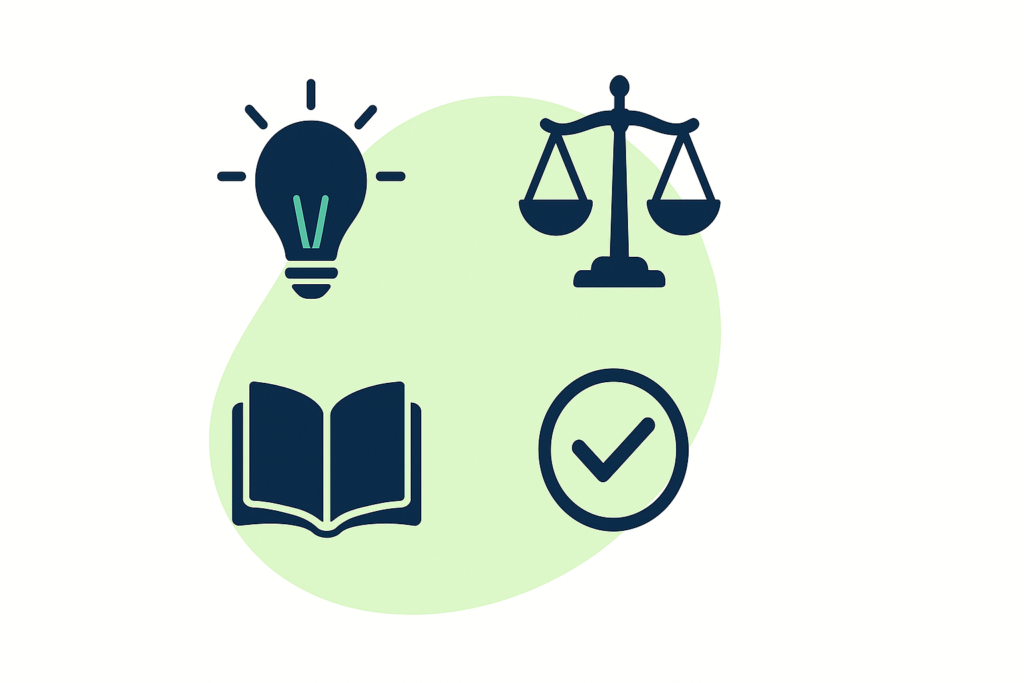
Designed by Ganesh Bhikaji Deolalikar, the building beautifully blends Indian ethos with colonial architecture. Its layout, incorporating the scales of justice, symbolizes balance and fairness at the heart of the Indian judicial system.
Inaugurated on August 4, 1958, by Dr. Rajendra Prasad, it continues to stand as a beacon of democratic ideals, reflecting the country’s commitment to justice and equality.
Timeline: Key Milestones in India’s Legal Evolution
| Year | Milestone |
|---|---|
| 300 B.C. | Kautilya’s Artha Sastra |
| 1774 | Supreme Court of Calcutta |
| 1800 | High Court in Madras |
| 1823 | High Court in Bombay |
| 1935 | Federal Court under British India |
| 1950 | Supreme Court of India begins |
In Conclusion: A Legacy That Lives On
India’s judiciary is not just a system; it’s a living legacy. From Vedic chants to Constitutional benches, it has weathered empires, reforms, revolutions.
Yes, challenges remain, backlogs, delays, accessibility gaps. But the mission stays true: to uphold justice in a land of diverse voices and dreams. Every gavel that falls carries authority, history, and hope.
Ready to Dive Deeper into India’s Legal Heritage?
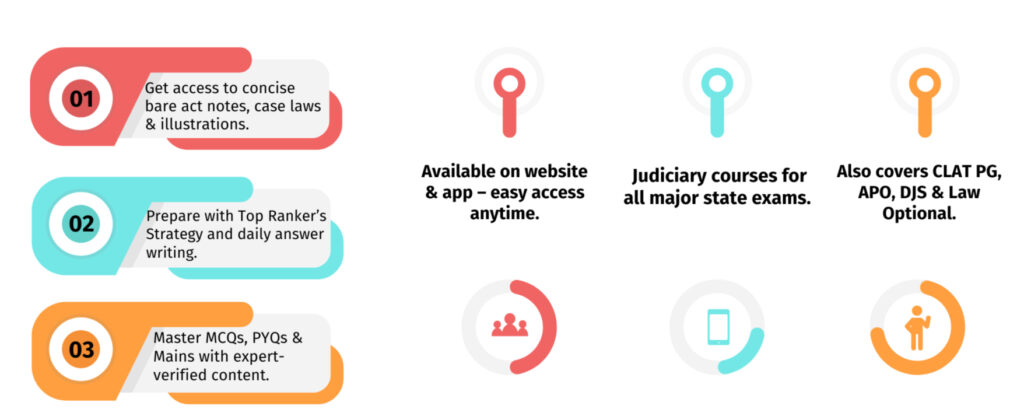
Join the movement with Edzorb Law, where passion meets precision. Whether you’re prepping for Judiciary Exams or just hungry for knowledge, Edzorb is your go-to learning companion.
- Interactive Learning Modules
- Bare Act Simplification
- Topic-wise Judgment Summaries
- Judiciary Test Series
- Curated Content by Legal Experts


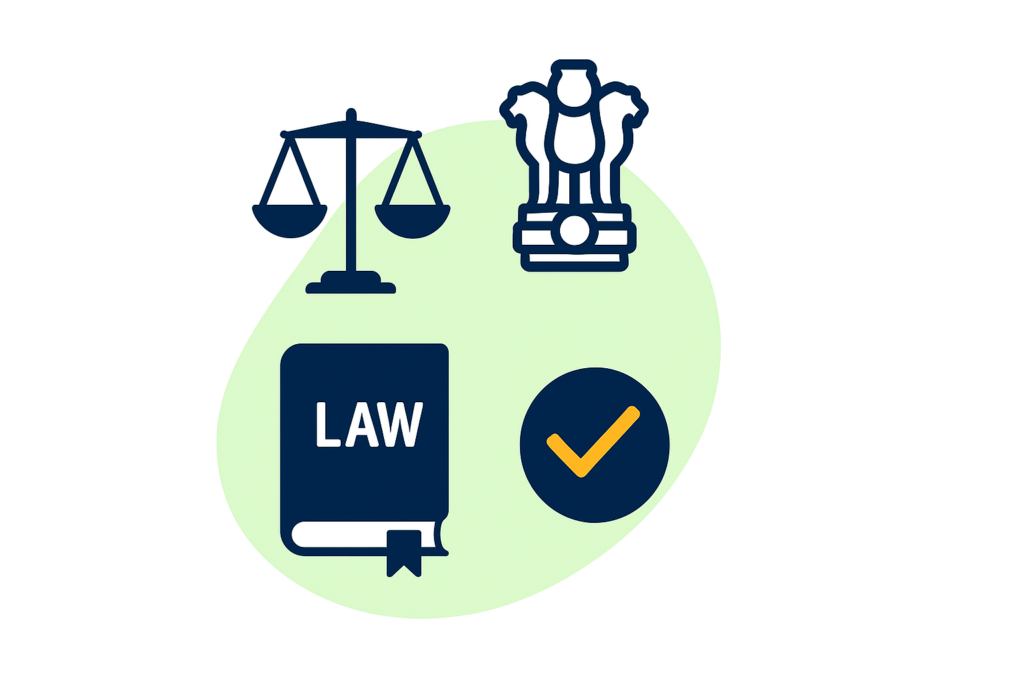

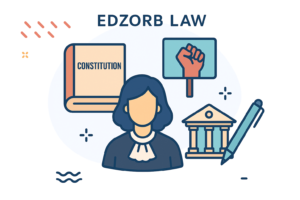
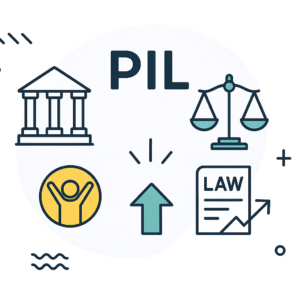
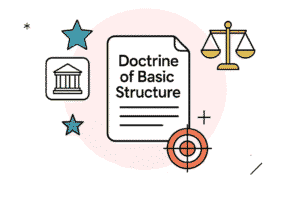



 Features
Features






